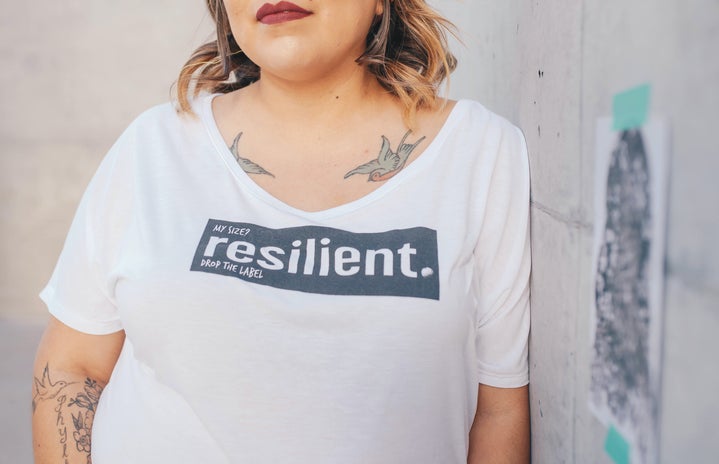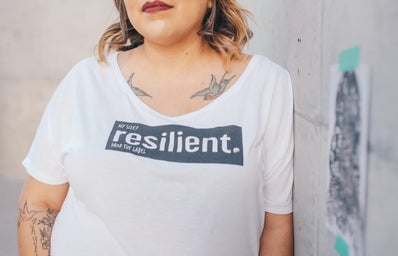The film The Wizard of Oz, when read looking specifically at gender, is incredibly frustrating. I so badly wanted to find a pattern of independence and power in Dorothy, but unfortunately there were other patterns that emerged as well. The ideas of “good” and “bad” seem to play a key role in the definition of women in this film. The scene where Dorothy first meets Glinda does a good job of introducing this. Dorothy is decided to be good; she holds the characteristics of being smart, helpful, caring and innocent. The Wicked Witch of the West is shortly thereafter defined as bad. The Wicked Witch craves power, revenge and her precious ruby slippers. But it is not just the characters personalities that make these definitions of gender so frustrating.
The women who are described to be “good” in this film (Dorothy and Glinda) are beautiful, wear makeup, have their hair in curls and are nicely dressed. This then makes the assertion that to be good, you must be beautiful. This is then later supported because the Wicked Witch is so ugly. With her large nose and green skin, her looks are far from desirable. This supports the claim that to be good you must be beautiful, and if you are ugly then you cannot be good.
Furthermore, the goals of the differing good and bad women in this movie further support the stereotypical view of the “good” girl. Dorothy’s motive is simple; she just wants to return home to Kansas to see her Auntie Em. Home is the typical place where women are expected to want to be, to be the homemakers and caretakers. Conversely, the Wicked Witch goes against these typical conventions in her search for power and revenge. Although as viewers we don’t want to see Dorothy hurt or killed, it is interesting that the only woman in the film who seems independent and driven, to do something that does not involve the home, is construed as bad. This questions what we are supposed to think of woman and asserts that woman should be in the home, assuming the roll that they always have. And anyone who tries to break this mold is bad.
The final part of the movie that was more infuriating than any other was the fact that Dorothy first only killed the Wicked Witch because a man told her she had to, and second killed her on accident. This to me suggests that although Dorothy is independent and adventurous in this film, the “good girl” is still under the control of men telling them what to do. Secondly, the fact that she killed the Wicked Witch by accidently splashing her with water says something of the “good girl” as well. It belittles her as the hero, claiming that a good girl could not conquer the villain with her own force and might but only by chance or accident.

